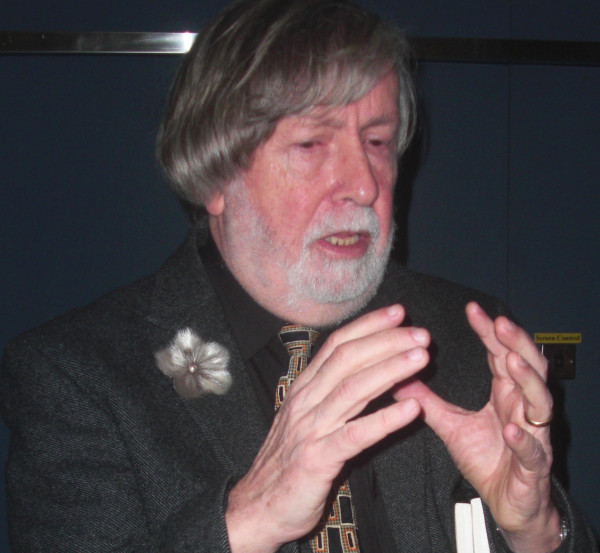Kyodo News reported June 25, 2013 that Tokyo Electric Power Co. has measured a rise in the level of radioactive tritium in seawater within the port at the crippled Fukushima Daiichi nuclear power plant.
In a sample collected June 21, around 1,100 becquerels of tritium per litre was found, the highest level detected in seawater since the nuclear crisis at the plant March 2011.
A Nuclear Regulation Authority spokesperson said groundwater containing radioactive substances “may be seeping into the port from the plant site and there is a need to carefully study the matter as the amount of data collected is limited”.
To see deeper into what this means Pressenza turns to Canadian anti-nuclear activist Dr. Gordon Edwards to give a more detailed explanation:
A becquerel is the international unit of measurement for radioactivity. One becquerel corresponds to one radioactive disintegration per second. That’s 60 disintegrations per minute, or 3600 disintegrations per hour, or 86,400 disintegrations per day.
A sample of sea water near Fukushima has been measured at 1100 becquerels of tritium per litre. This means that in every litre of water there are 95 million atoms of tritium disintegrating every day.
Tritium is radioactive hydrogen. Tritium has a half-life of 12.3 years, meaning that only half of the tritium atoms in any given sample will disintegrate in 12.3 years. So if a litre of sea water containing 1100 becquerels of tritium were sealed up and stored, it would become only half as radioactive in 12.3 years time as it is today. Therefore, at that future date, there would still be 47.5 million disintegrations taking place inside that litre of water every single day – half as many as before.
For any radioactive material, if you wait for ten half-lives to elapse, the amount of radioactivity will be reduced by a factor of a thousand. So after 123 years (that’s ten times the half-life for tritium) our sealed litre of sea water would still be experiencing 95 thousand disintegrations of tritium atoms on a daily basis.
As you can see, tritium is a relatively long-lived radioactive material. Once it is disseminated into the environment, it will stay there and remain potentially dangerous for at least a couple of centuries.
Since tritium is chemically identical to ordinary hydrogen, it forms all the same kinds of chemical compounds that hydrogen does: water molecules, carbohydrates, proteins, DNA molecules, sugars, acids…. The tritium atoms simply replace some of the non-radioactive hydrogen atoms that are normally present in these materials, making the materials themselves radioactive.
Tritium has easy access to all living things and goes to all parts of the body once it is inhaled, ingested or absorbed through the skin. Like all radioactive materials, it is a carcinogen (able to cause cancers that will develop some years after exposure), a mutagen (creating damaged genes that can be passed on to children and grandchildren) and a teratogen (able to cause birth defects in unborn babies).
Tritium is a “pure” beta-emitter. This means that when an atom of tritium disintegrates, it gives off a single beta particle but no gamma radiation. This makes it very difficult to detect tritium without special equipment. A beta particle is a high-velocity electron, a kind of subatomic bullet, that is very damaging to nearby living cells, but does not have the great penetrating power of gamma rays.
A beta particle can only go a few millimetres in living tissue. The beta particle given off by tritium is particularly weak – it can barely travel the thickness of a single cell. But it still does a lot of damage.
A solitary beta particle penetrating through living tissue can randomly break hundreds of molecular bonds, injuring or killing the cell in the process. Occasionally one of these injured cells can reproduce, with damaged genetic instructions, eventually developing into a cancerous tumour or other abnormal entity.
Tritium is just one of hundreds of radioactive materials created in the core area of a nuclear reactor during normal operation. Such materials are released in unimaginably large amounts during an uncontained reactor meltdown.










